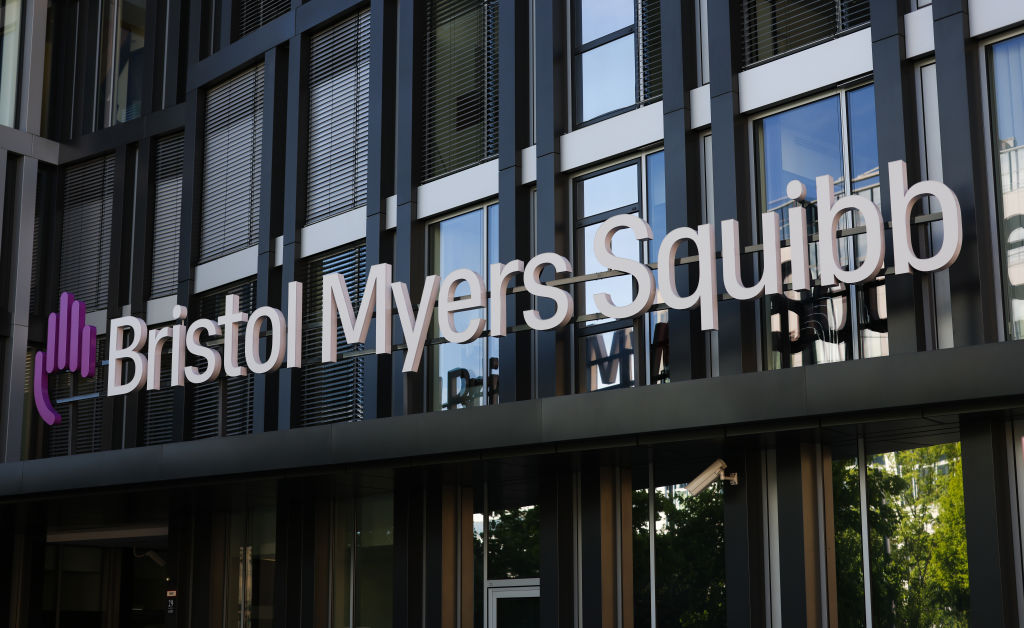
My colleagues and I were privileged earlier this year to meet with a caregiver and a young patient living with a rare form of pediatric cancer, who shared their stories and inspiring words of encouragement for the biopharmaceutical industry. Their message resonated with all who were there: Together we are working toward a world where every cure is possible.
It’s a big vision. Every day, more than 400 million people around the world are battling a rare disease. Many of those people are facing a scarcity of treatment options, often limited to drug regimens that haven’t been updated in decades and that do little to cure the illness or even slow down the progression of symptoms. Patient communities have long known that working together is the key to making progress, and they have created strong partnerships – banding together with caregivers and other families facing the same prognosis to fund research aimed at curing their diseases.
Today, there are more than 2,250 patient organizations focused on a rare disease. These groups are well-informed and passionate about their cause. They offer a treasure trove of wisdom and inspiration for biopharmaceutical companies working on new treatments for rare diseases, and they shouldn’t be ignored. Solving rare diseases demands teamwork, not just within the biopharmaceutical industry itself, but also with the patients grappling with the diseases we have set out to address. Prioritizing teamwork with the patient community will ensure we advance more quickly toward reaching our common goal – making every cure possible.

Using Informed Awareness to Transform Care Coordination and Improve the Clinical and Patient Experience
This eBook, in collaboration with Care Logistics, details how hospitals and health systems can facilitate more effective decision-making by operationalizing elevated awareness.
To understand the value that patients bring to drug development, consider the example of Diffuse Intrinsic Pontine Glioma (DIPG), an aggressive brain tumor that’s diagnosed in about 300 patients each year. Because of the location of this tumor in the brain stem, it cannot be treated surgically, leaving few treatment options aside from radiation. Patients typically respond well to radiation for no more than nine months, and the tumor is almost always fatal, according to Dana-Farber Cancer Institute.
Lisa Ward, who lost her son to DIPG in 2021, co-founded a nonprofit that funds DIPG research and facilitates patient access to clinical trials. Ward is outraged that there hasn’t been a change in care for this pediatric cancer since 1960, she said during an event in Madison, Wisc. earlier this year. Quoting Benjamin Franklin, she said, “justice will not be served until those who are unaffected are as outraged as those who are affected.”
After Jace Ward was diagnosed with DIPG at the age of 20, he embraced his mission of helping to find a cure for the disease, enrolling in two clinical trials, including a trial of multiple CAR-T cell therapies that shrank his tumor and extended his life for nearly two years beyond his diagnosis.
In February of this year, Ward’s organization joined a research funding alliance focused on DIPG and diffuse midline glioma (DMG) to award $400,000 in grants to five early-stage research projects. The group brings together 50 patient organizations to support projects that might not normally be able to raise adequate funding because they target diseases with very small patient populations. This is the embodiment of how teamwork among patient advocates and other stakeholders can advance the quest to cure the toughest diseases.

The Impact Brands: Empowering Wellness Through Natural and Holistic Solutions
In an era of escalating healthcare costs and a growing preference for natural, holistic approaches to health, The Impact Brands emerges as a collective of diverse brands dedicated to supporting overall wellness through natural means.
The team spirit among patient organizations is strengthening efforts by pharmaceutical companies to form other alliances aimed at solving rare diseases. One priority in the industry is to advance CRISPR gene editing, in the hopes of solving some of the most difficult neurological disorders, including Huntington’s disease and amyotrophic lateral sclerosis (ALS). By working together, patient organizations, academics and biopharmaceutical companies will more quickly advance their goals, one of which is to develop safe methods of genome editing in the brain.
Researchers, biopharmaceutical companies, and patients will continue to work together to bring a better tomorrow to patients facing rare diseases – and the power of these alliances is getting stronger every day. DIPG patient Seana Isaac was diagnosed in September of 2023 and recently entered a clinical trial for an ultrasound treatment. She is documenting her experience on TikTok, and appeared at the event in Wisconsin to advocate for more funding for research into rare pediatric diseases. “‘Rare’ does not mean underserving. ‘Rare’ does not mean ‘not worth it,’” Isaac said, adding that less than 6% of government funding goes towards research into pediatric cancers. More funding, such as the donations raised by patient organizations, will lead to more breakthroughs, she said. “I believe in a world where every cure is possible.”
Lisa Ward, who continues to raise money to support DIPG research in memory of her son, is optimistic about the impact patients can have on innovation – and she remains a champion for patients, caregivers, and others who want to join the fight against rare diseases. “You don’t have to have all the answers,” she said. “You just have to be willing to join the conversation.”
Photo: LoveTheWind, Getty Images
Sharon King is Manager of Advocacy and Community Engagement at Aldevron. In this role, Sharon helps drive Aldevron’s mission of service through making lives better, representing “high-touch” in this high-tech world supporting genetic medicine by focusing on internal team member education. She also works collaboratively with clients’ patient advocate teams to understand disease targets and, most importantly, the population of individuals and caregivers potentially impacted by their innovations. Sharon is a thought leader who has united public officials, researchers, biotech and industry representatives, and patient advocates to progress rare disease treatment development. She co-founded Taylor’s Tale in 2006 to support the development and implementation of innovative treatments for CLN1 disease, as well as programs and public policies that improve quality of life for rare disease patients and their families. Sharon holds a Bachelor of Music in Piano Performance and is a state-appointed member of the N.C. Rare Disease Advisory Council.
This post appears through the MedCity Influencers program. Anyone can publish their perspective on business and innovation in healthcare on MedCity News through MedCity Influencers. Click here to find out how.













